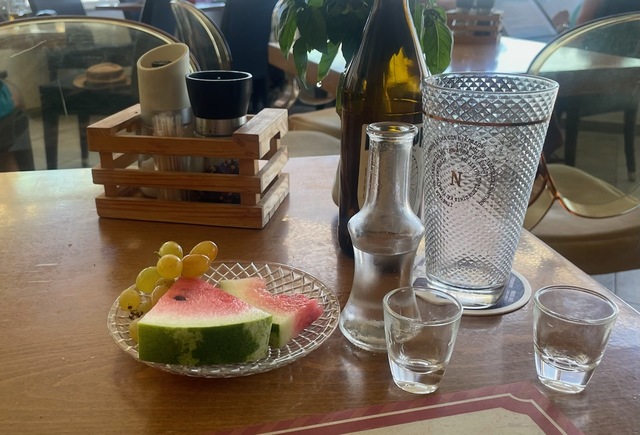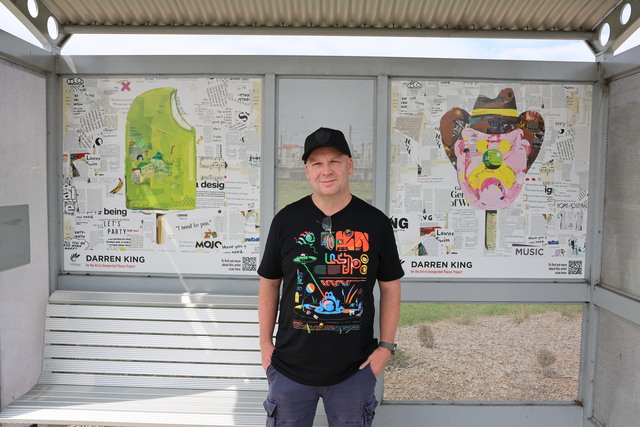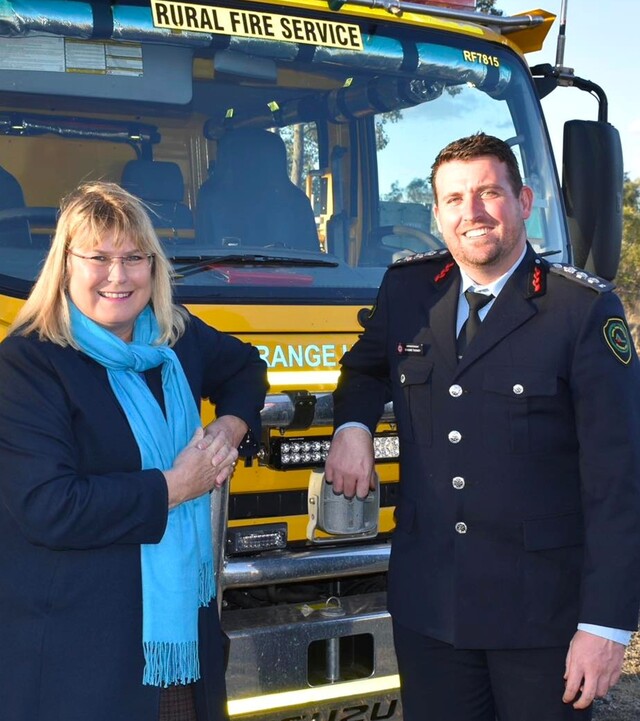My wife and I recently dropped into an iconic seafood takeaway on the NSW south coast.
We’ve been going there for yonks and the building is now very swish and clean, with two-pound bream swimming under the jetty.
Unfortunately the only fish on sale that day was marlin (endangered species), cod (of indeterminate species or origin) and blue grenadier (a cousin of NZ hoki, a cheap and oily number).
The latter two types of fish arrive in pre-cut frozen packs from the Sydney Fish Market.
So we cut our losses and spent our $40 at a gourmet pizza shop run by some enterprising youngsters in Braidwood.
But it continues to nag me why our coastal towns can’t play to their strengths by capturing consumer affinity with their seafood resources.
The town in question has loads of flathead, kingfish, morwong and snapper, but you’d never know it.
Back in the office on the Monday I made a few calls to better understand things.
It appears that the overwhelming majority of the local catch is trucked from Eden, Ulladulla, Narooma and Bateman’s Bay to Sydney.
I was advised by NSW Fisheries that, contrary to popular belief, local outlets can now buy the local fish before it heads off.
But the rub is that they need a licence costing $3,600/year.
I suggested to the official that this is incredibly short-sighted at a time when governments are espousing small business and regional tourism!
He was nice about it, and explained that the fee was recommended by IPART, the NSW Government’s pricing and regulation authority which seeks cost recovery.
I said that a bunch of bean counters need some countervailing forces.
My conversation with the NSW Fisheries bloke lasted an hour and we had a ball discussing:
- better seafood labelling in the wake of China’s food quality dramas
- the desire of Australian consumers to eat local
- the potential to create a mystique around seafood like they do in fishing villages in France, Italy, Spain, Greece
- the potential to create local signature dishes, such as San Francisco’s famous seafood chowder or dishes in Hawke’s Bay NZ
- getting global chef Rick Stein (based at Mollymook) and others to be champions
- arranging workshops for local businesses on menu development, hospitality, cookery, and
- lobbying the NSW Government to ease up on the $3,600 fee.
I could go on, but the need is to speed up the transition to sophisticated food tourism across coastal and inland Australia, and find champions to this end.
The state tourism agencies are doing a good job with various regional food tourism projects, and places like Darwin have made a great fist of it, with its Asian influence, Mindil Beach, and numerous eateries serving up crocodile, barramundi and other local food.
And Adelaide and the Barossa are obvious first movers.
But I sense that other places are yet to fully realise their competitive advantages.
Take Robe in South Australia for example, with potential to attract more tourists to feast on its magnificent rock lobster.
Tamworth and Rockhampton too – major meat processing centres with the opportunity to develop regional beef dishes.
Meanwhile, Broken Hill has its saltbush lamb, the Lower Murray has its mullet and mulloway, Warragul-Drouin has its dairy foods one hour’s drive from Melbourne, Bairnsdale and Orbost have great vegetables and Tassie has wonderful food resources lending themselves to signature dishes.
No NZ hoki there I hope.
Stronger Regions Program – note the winners
This is the feds’ main regional development program – $200m per year.
The successful applicants in the first round were announced last month.
We have undertaken an analysis. The coverage is as follows:
- water or wastewater (× 10 projects)
- logistics related to business parks (× 7)
- sports/health centres and hubs (× 6)
- community/children’s centres (× 5)
- business precincts (× 5)
- youth centres (× 2)
- walking/cycling trails (× 2)
- aquatic centres (× 2)
- church
- cattle yards
- arts centre
- commercial kitchen
- marine wharf
- laundry for aged care
- interpretive centre
- Ronald McDonald House
- regional airport
- education hub
- visitors centre
- underground physics laboratory (interesting)
It should be noted that this program’s guidelines state that ‘projects should support disadvantaged regions or areas of disadvantage within a region’.
In this context it’s interesting to note that places like Gosford, Moss Vale and Ringwood won funding notwithstanding their relatively healthy Socio-Economic Indexes for Areas (SEIFA) scores. Perhaps they have pockets of disadvantage and very good submission writers?
The fact remains however that there are lots of mainly inland regions doing it tough as federal economic and social programs shrink.
Lighthouse Projects
We are currently developing Lighthouse Projects to address coordination failure and alert investors and others to development opportunities.
We plan to develop these on a locational basis, and to use them to drive complementary trade and investment links across regions and borders.
For example, we recently met with a mission from India (Gujurat) and identified complementarities in aged care, sports medicine, video games and animation, biomedicine, environmental management etc.
I’m talking on this subject at an OECD conference in Manchester this month.
Watch this space.







